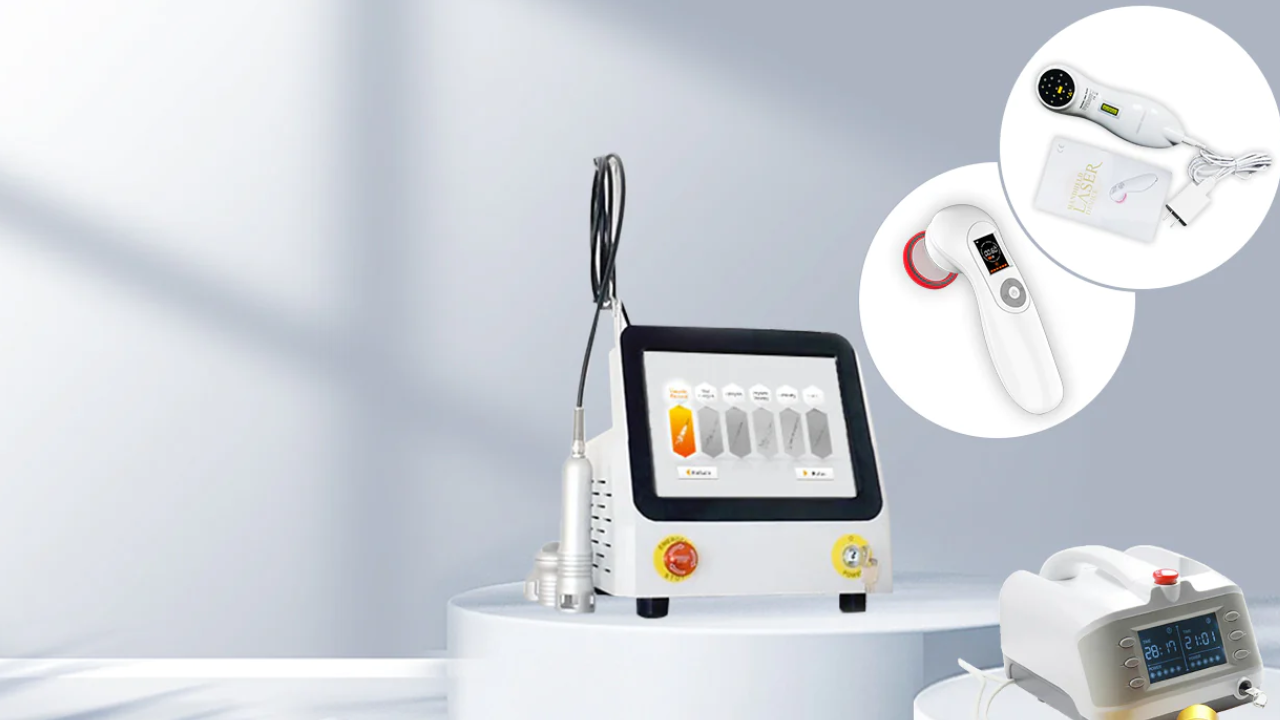Infrared Red Light Therapy is a non-invasive treatment method that stimulates tissue cellular activity using particular red and near-infrared light wavelengths. The basis of this therapy is the concept of photobiomodulation, which holds that light radiation causes advantageous physiological reactions in cells.
Infrared Red Light Therapy is being investigated for Alzheimer’s disease because of its ability to improve cerebral blood flow, promote mitochondrial activity, have neuroprotective effects, and control inflammation. To get more info about the IRL therapy visit healthcaremarts.com. This therapy’s potential to promote healing, lower inflammation, and help with many medical conditions is drawing attention.
How Long Do Infrared Red Light Therapy Sessions Typically Last?
Sessions of Infrared Red Light Therapy normally take five to twenty minutes, though this might vary depending on the needs of each patient, the particular condition being treated, and the light device’s wattage. For focused uses, shorter sessions are typical, although longer sessions could be advised for more general therapeutic objectives.
To guarantee safe and efficient use, it is imperative to adhere to the instructions given by medical professionals or device makers. The frequency and length of sessions may also be affected by individualized treatment programs; for specific advice, speaking with a healthcare professional is advised.
Aspects of IRLT for Alzheimer’s disease
Examine Infrared Red Light Therapy for Alzheimer’s disease and talk about possible future developments in this exciting area of study.
Individualized Treatment Plans
The requirement for customized treatment programs is an important factor to take into account. Individuals with Alzheimer’s disease have different symptom profiles due to its heterogeneous nature. Therapy success can only be maximized by customizing treatment programs according to individual reactions, disease stages, and special demands.
Safety and Side Effects
Individual medical issues must be taken into consideration, even though infrared red light therapy is usually thought to be safe. To evaluate the safety and any adverse effects, especially for people with pre-existing medical conditions, consulting with healthcare professionals is essential.
Optimal Wavelengths and Dosages
Infrared red light therapy works best at wavelengths between 630 and 850 nanometers. The length and intensity of the sessions define the dosage, which varies according to the demands of each patient and the objectives of the treatment. Giving careful thought to these variables guarantees the effectiveness of the therapy while lowering the possibility of negative side effects.
Integration with Other Therapies
It is best to think of infrared red light therapy as a supplemental rather than a stand-alone treatment. Taking into account how it integrates with other therapies, such as medication and lifestyle changes, guarantees a thorough and effective management strategy for Alzheimer’s.
Stage of Alzheimer’s
The reaction of infrared red light therapy may vary depending on the stage of Alzheimer’s. Early treatments could result in better outcomes since the cellular damage may be less severe. Further research is necessary to determine the therapy’s effectiveness at various phases of the illness, though.
Duration and Frequency of Sessions
The goals of the treatment and the demands of each patient determine how long and how often Infrared Red Light Therapy sessions last. The duration of a session might vary from five to twenty minutes, depending on the problem being treated. The best schedule is determined by taking into account various elements, including the individual’s therapeutic goals and the wavelengths used.
Patient Compliance
For infrared red light therapy to be effective, patient cooperation is essential. User-friendly gadget design, simplicity of use, and thorough patient and caregiver education are factors that impact compliance. Making sure everyone is aware of the advantages of the therapy promotes appropriate and consistent use, which enhances its overall effectiveness in treating a range of medical disorders.
Long-Term Use and Sustainability
Although there have been reports of short-term improvements, further research is needed to determine the durability and long-term impacts of infrared red light therapy for Alzheimer’s disease. To fully comprehend how the therapy can be successfully integrated into long-term care programs, more research is required.
Final Thoughts
Careful thought must go into applying infrared red light therapy for Alzheimer’s. Integration with current medicines, safety evaluations, and customized treatment strategies are essential. Its potential will be further enhanced by enhancing treatment protocols, maintaining patient compliance, and investigating future research avenues. Carefully navigating this promising therapeutic option is imperative, as ethical issues and a dedication to transparency are key components.

